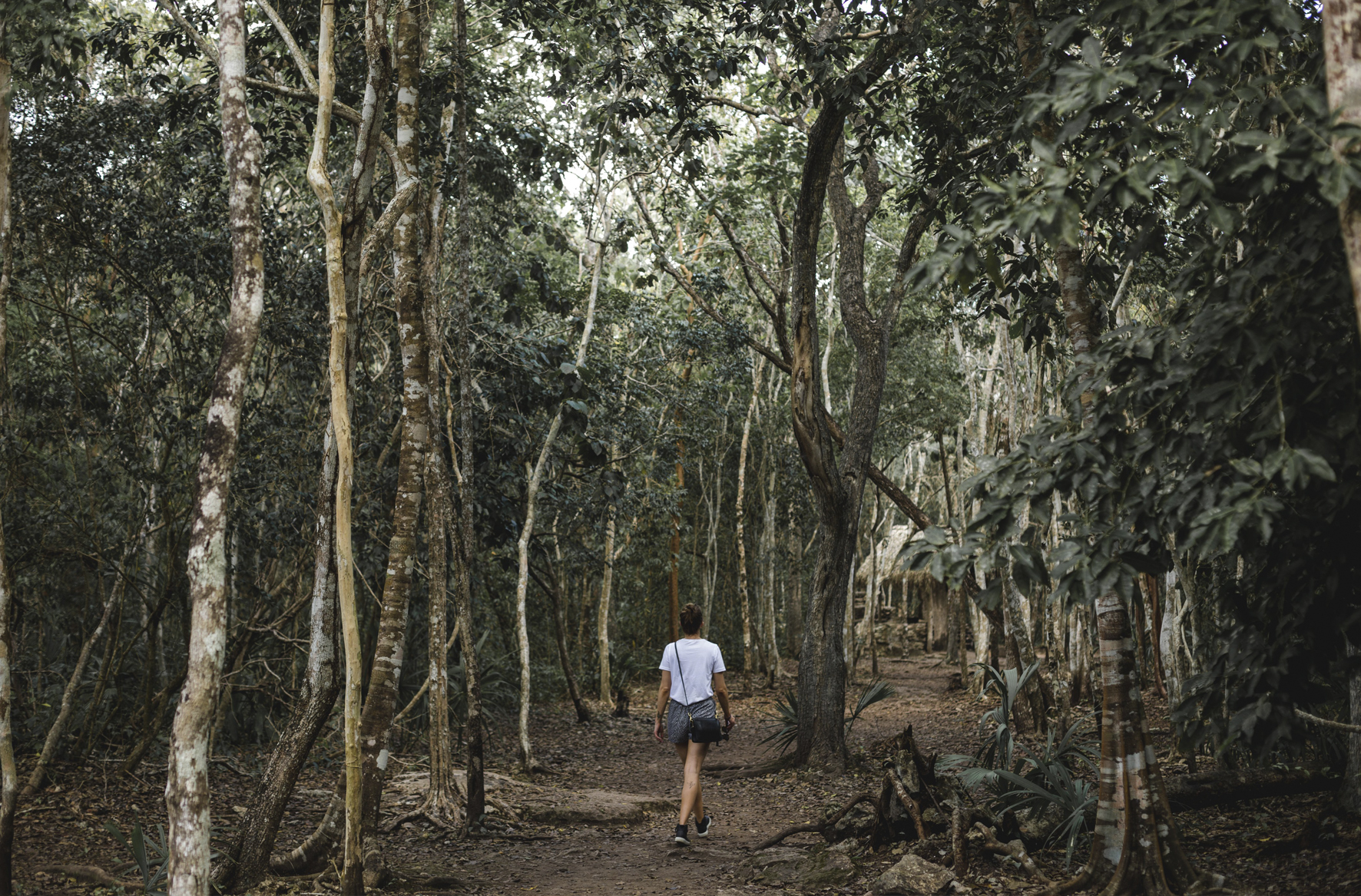Wild foraging is something that I’ve always wanted to do. Equipped with a woven basket and trusty dog sidekick, I’ve dreamt about roaming the country picking mushrooms and plucking berries. It turns out you can do that at home, too! As always, please check that it is legal where you live, and please don’t do it if it isn’t legal!
Mushrooms are very difficult to forage, so please, absolutely, under no circumstances should you do this without an expert guide. Many poisonous mushrooms look very similar to edible ones, and it’s really not worth the risk to eat mushrooms you don’t recognise. At best, it won’t be tasty, and at worst it can be very harmful to your health.
In the same vein, berries can be very dangerous to eat too. Many fruits are harmful to eat, as they can be tricky to identify without an expert. I would definitely avoid eating these, too, as you never actually know what you might be getting.
The safest things to forage are actually leaves. Many herbs that are considered weeds by modern gardening are actually very tasty and safe to pick — they might even be in your garden! Dandelion greens are springy, woody, and fresh, delicious in salads and soups, whereas the flowers are perfect for tea. Other things that might be in your garden are Butterfly Pea (perfect for teas and kuih), pandan leaves (fragrant and wonderful in curry), and curry leaf!
Some leaves don’t have to be edible! Palm fronds are perfect for crafts, as they can be woven into items and then dried. There are many traditional South East Asia crafts made with palm fronds, such as baskets, slippers, or toys.
Photo by Henry Matthews from Burst.


